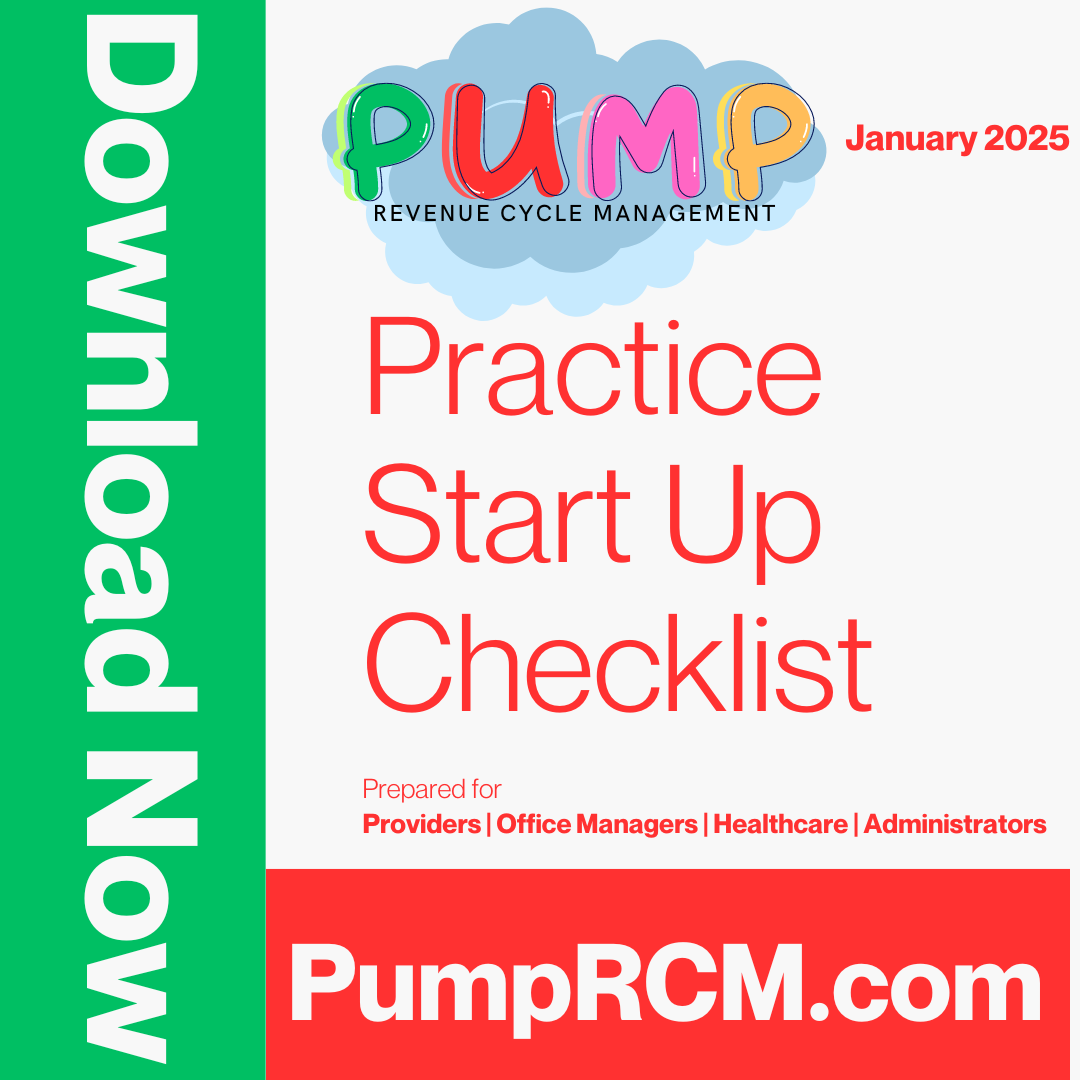Healthcare RCM Devices to Make Best Use Of Profits and Minimize Denials
Discover Exactly How Healthcare RCM Processes Transform Administrative Tasks Into Seamless Workflow
In the ever-evolving landscape of health care, Revenue Cycle Monitoring (RCM) procedures have emerged as a pivotal pressure in transforming administrative jobs right into seamless procedures. By utilizing innovative innovation and refined methods, RCM provides a sophisticated method to taking care of individual registration, payment, and declares handling. These developments not only lower errors and improve effectiveness but likewise accelerate cash money circulation and elevate individual fulfillment. However, what lies below the surface area of this transformative shift? What complex mechanisms and strategies are utilized to ensure such seamless assimilation? The solution to these questions are vital for understanding the future of health care administration.
Understanding Health Care RCM
Profits Cycle Management (RCM) in health care is a critical process that ensures the financial health and wellness of clinical establishments by overseeing the whole lifecycle of client solution earnings. It incorporates different management and scientific features, starting from the first organizing of a medical consultation to the ultimate collection of repayment for solutions rendered. Healthcare RCM. RCM is critical in handling the complexities of payment and reimbursements, making sure that doctor obtain settlement for their solutions successfully and properly
Secret aspects consist of client scheduling, insurance policy verification, cost capture, claim entry, and repayment uploading. RCM is not entirely concerning monetary collections; it also intends to boost client contentment by lowering billing errors and improving openness.
The efficiency of RCM is contingent upon the seamless combination of modern technology and personnel experience. Employing sophisticated software program services makes it possible for healthcare organizations to automate repeated tasks, thus minimizing management concerns. In addition, qualified workers are essential in navigating regulative requirements and payer plans, ensuring compliance and optimizing earnings healing.
Enhancing Person Enrollment
Streamlining individual enrollment is a fundamental step in enhancing the efficiency of medical care revenue cycle management. It involves optimizing the first communication in between patients and doctor to make sure a smooth data collection process. Secret components consist of the precise capture of individual demographics, insurance coverage confirmation, and approval acquisition. By digitizing these procedures through integrated digital health documents (EHR) systems, medical care centers can lessen mistakes, minimize documents, and speed up patient throughput (Healthcare RCM).
Automated systems help in confirming insurance coverage qualification in real-time, which not just reduces management burdens yet likewise enhances person satisfaction by protecting against unforeseen billing concerns. Additionally, pre-registration processes permit clients to full types on-line prior to their go to, lowering wait times and making it possible for team to concentrate on more complicated jobs. This positive strategy makes sure that all necessary info is collected and verified before care is given, thus protecting against hold-ups in subsequent payment and claims processes.
Training staff to use these systems successfully is essential. It makes sure that information entrance is accurate and constant, fostering a seamless shift from person registration to various other revenue cycle processes. Eventually, simplifying client enrollment lays the structure for a more efficient, patient-centered health care distribution design.
Effective Billing Solutions
Reliable payment options are essential to enhancing health care earnings cycle monitoring. They act as the foundation for making certain prompt and precise economic transactions in between people, healthcare service providers, and insurer. By leveraging advanced technology and streamlined procedures, health care facilities can substantially minimize payment errors, minimize hold-ups, and boost capital. Implementing durable payment systems assists in exact cost capture, ensuring all services rendered are made up and billed appropriately. Automation devices can fix up billing information with professional documents, reducing discrepancies and avoiding case denials.
Additionally, effective payment solutions encourage doctor to use transparent prices and billing info to people, fostering trust fund and improving individual contentment. Real-time payment systems enable health care team to offer prompt feedback on individual qualification and out-of-pocket costs, improving the total individual experience. These remedies also enable for smooth assimilation with electronic health and wellness documents (EHR), ensuring that invoicing and professional information are in sync, minimizing management problems on doctor.
Integrating effective payment remedies into the profits cycle monitoring structure not just maximizes operational efficiency but likewise enhances monetary efficiency. By decreasing mistakes, increasing settlement cycles, and improving individual interaction, medical care companies can concentrate extra on supplying top quality treatment while keeping economic sustainability.
Maximizing Cases Processing

In the realm of health care income cycle administration, optimizing insurance claims processing is essential for maintaining financial health and wellness and best site operational efficiency. A streamlined claims procedure lessens the time in between service delivery and settlement, therefore enhancing cash circulation and minimizing the probability of errors. Effective insurance claims processing starts with exact documents and coding, which are vital to guarantee that claims are sent without inconsistencies that could lead to rejections or delays.
Leveraging innovative modern technology, such as automated insurance claims management systems, can considerably enhance the effectiveness of this process. These systems are designed to automate repeated jobs, track insurance claims via each stage, and flag potential problems early. This not only minimizes the administrative worry on staff yet likewise increases the precision of submissions by decreasing human error.

Enhancing Income Collection

Moreover, rejection administration plays an essential duty in making best use of revenue collection. Identifying patterns in insurance claim denials, comprehending origin, and applying restorative activities can substantially reduce persisting issues, therefore improving money flow. Suppliers ought to invest in durable analytics tools that promote detailed coverage and analysis, allowing them to correct and resolve denial trends immediately.
Prompt follow-up on exceptional insurance claims is an additional important aspect of income collection. Developing a systematic method to keep an eye on and go after aged accounts makes certain that no revenue is left unclaimed. Utilizing committed team or automated systems to track these claims can enhance effectiveness and make sure regular cash inflows.
Conclusion
Health Care Profits Cycle Administration (RCM) procedures significantly enhance administrative efficiency by integrating innovative modern technology and human competence (Healthcare RCM). The automation of client registration, billing, and claims handling reduces errors and speeds up capital, inevitably improving patient complete satisfaction through real-time insurance confirmation and clear invoicing. By making sure smooth operational flow, RCM permits doctor to focus on quality treatment while making the most of revenue healing and preserving economic security, thus changing administrative tasks right into effective, streamlined procedures
Profits Cycle Management (RCM) in health care is a see critical procedure that makes sure the financial wellness of clinical organizations by supervising the whole lifecycle of client solution income.Enhancing client enrollment is an essential action in improving the performance of health care revenue cycle administration. It involves enhancing the first interaction in between clients and medical care suppliers to guarantee a smooth information collection process.Additionally, reliable invoicing services equip health care suppliers to provide clear pricing and invoicing info to patients, promoting trust fund and improving client satisfaction. Real-time billing systems make it possible for health care team to give immediate comments on individual qualification and out-of-pocket costs, enhancing the general individual experience.